As a first-time parent, changing a baby’s diaper can be quite scary. It seems like a newborn’s poop changes daily and a parent may be wondering if their baby’s poop is normal or not. Here we will go over different textures, colors, and frequencies of newborn and baby poop. We will also discuss some common poop issues in babies and how to handle them.
Newborn Poop: What’s Normal and What’s Not
First-time parents may be alarmed at what they find in a newborn diaper. For the first few days of a baby’s life, their diapers will be filled with meconium, a sticky, tarry, greenish-black bowel movement. Meconium is unique in the fact that it is made from the amniotic fluid and other elements that a baby ingested while in the womb. Newborn babies will have these sticky poops that seem to take an entire pack of baby wipes for a few days until the baby starts digesting breast milk or formula. The newborn poop will eventually start changing colors to a less sticky yellowish-green.
If a baby’s poop does not start turning colors after a week, then a test may be run to make sure the baby is digesting milk properly and the intestinal tract is okay.

Breastfed Baby Poop vs. Formula Fed Baby Poop: What’s Normal and What’s Not
There is a slight difference between babies that are fed breastmilk and those that are fed formula. First, the smell of a breastfed baby is slightly sweet, while a formula-fed baby’s poop will be more pungent. In addition, the colors of the two can be a bit different. A breastmilk-fed baby’s poop will have a yellow-green color with seed-like dots among it. It is also going to have more of a runny consistency compared to formula-fed baby poop which is thicker and paste-like. The breastmilk-fed baby’s poop may change color depending on what the mother has eaten.
Parents may notice that their formula-fed baby’s poop may change if they start a new formula; however, there is nothing to be alarmed by this, as this is normal. Some formula that is enhanced with iron may cause newborn diapers to be dark green, which is very normal.
On the other hand, breastfed baby’s poop may sometimes be a bright green and possibly a bit frothy, which could mean that the baby is getting more foremilk and not enough hindmilk. If this is the case, the baby may not be eating long enough on one side. The mother should try to extend the feedings so that the baby is getting more of the high-calorie milk.

Baby’s Poop After Eating Solid Food: What’s Normal and What’s Not
Once a baby starts eating solids, whether that is through baby puree or with baby-led weening, parents will notice that the baby’s poop will be thicker and a brownish color. The color and texture can change slightly depending on what the baby has eaten. Sometimes the poop may be runnier while other times it can be solid pebbles, all of which can be normal.
If a parent sees undigested food in a baby’s diaper, this may be nothing to worry about. Many times, when a baby starts eating table food, parents will notice different colored poop with bits of food in the diaper. It is very common for some foods to take longer to digest and for some babies to not chew as thoroughly, both of which can lead to small chunks of food in a baby’s diaper. Parents should not worry unless they notice that the poop is consistently undigested. In this case, the parent may something to the pediatrician for them to check that the baby is absorbing the nutrients properly.
A Constipated Baby: What does constipation look like in a baby and how to help a constipated baby?
A constipated baby can bring the whole family down with their constant crying and struggle to go to the bathroom. In a baby, constipation usually shows with small marble-like poop or possibly just a thicker consistency than normal. Constipation can usually be helped by offering the baby fluids more often, whether that be formula or breast milk.
Caregivers can also help a constipated baby by laying the baby on their back and moving their legs like they are riding a bike. It also helps if parents gently rub their baby’s stomach. If this does not help, then a warm bath can help relax a child enough to get things moving.

A Baby with Diarrhea: What does diarrhea look like in a baby and how to help a baby with diarrhea?
Baby poop is normally loose for the first few months of a baby’s life, so it can sometimes be hard to determine if a baby has diarrhea. However, there are a few sure signs that a baby has diarrhea. Usually, babies with diarrhea with poop more frequently, have a fever, and could possibly not be interested in eating. Diarrhea can be caused by an infection, a reaction to antibiotics, or an allergy to milk.
There are a few things that caregivers can do to help a baby with diarrhea. First, it is very important for anyone experiencing diarrhea to stay hydrated. Parents should offer formula or breast milk to a baby often. If a baby is table-fed, caregivers should make sure that the baby is getting healthy vegetables and fruits. Babies with diarrhea often get diaper rash, so those changing the baby’s diaper should make sure that they are cleaning the baby’s bottom well and apply rash cream when appropriate.
Babies will usually get better without intervention; however, if a baby seems dehydrated, starts having blood in their stool, or is running a fever higher than 102, then it would be advisable to call a doctor.
Conclusion
There are many questions a first-time parent may have when first bringing home their little bundle of joy, but hopefully their baby’s poop is not one of them. This guide was meant to help parents identify different types of newborn and baby poop and to help fix some problems that may arise. If you are ever unsure about anything, don’t hesitate to consult the pediatrician.
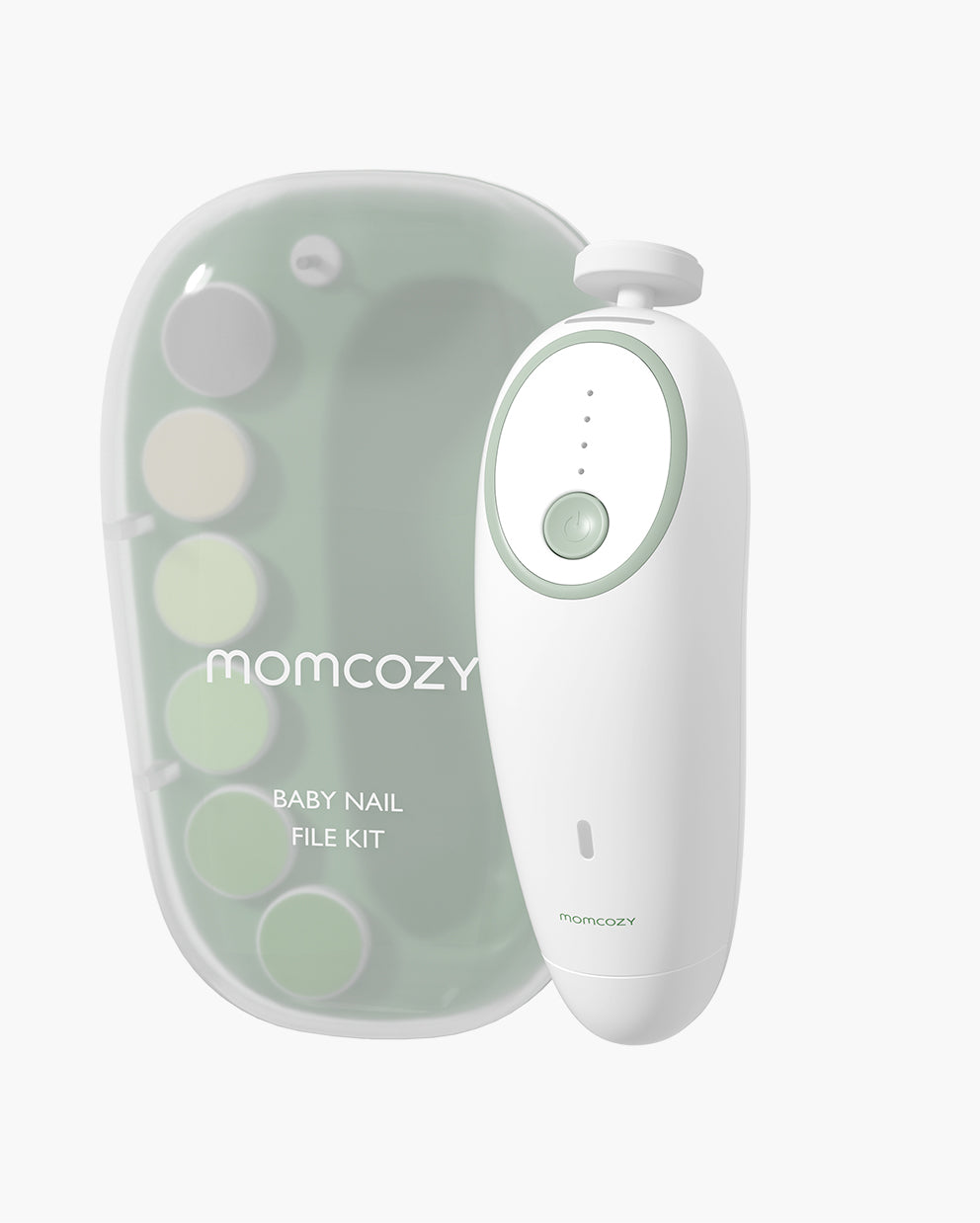

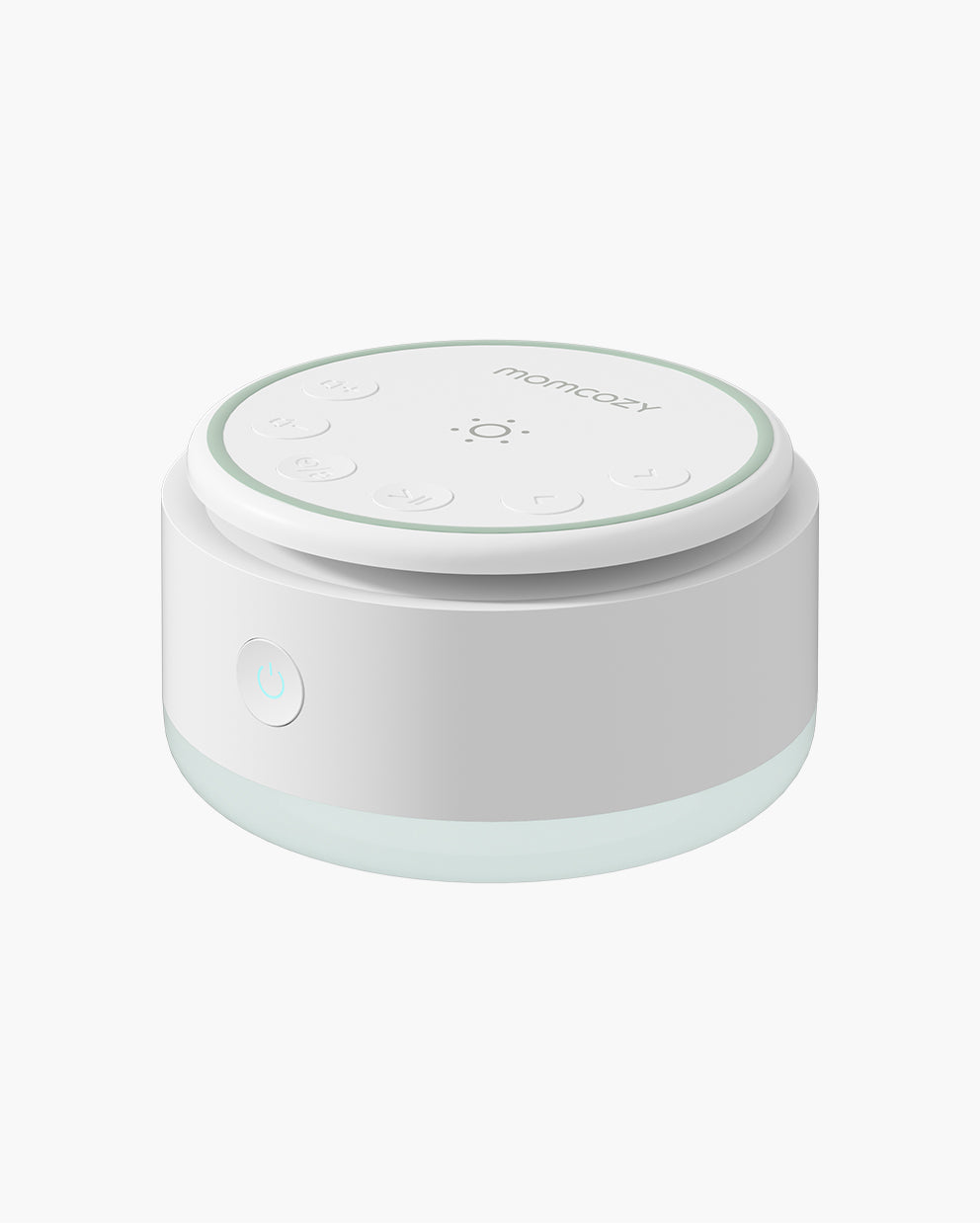

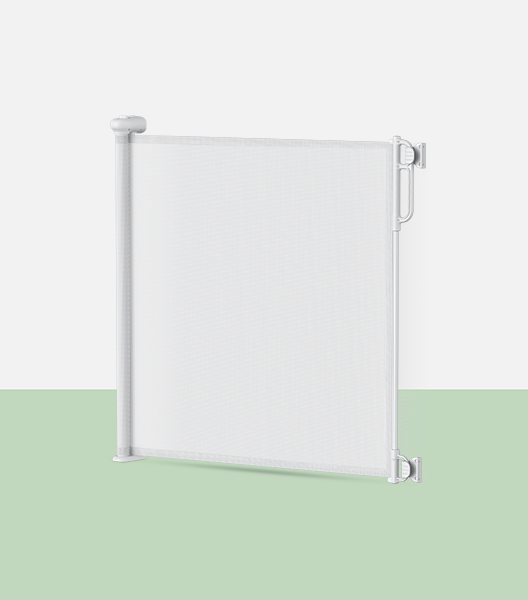

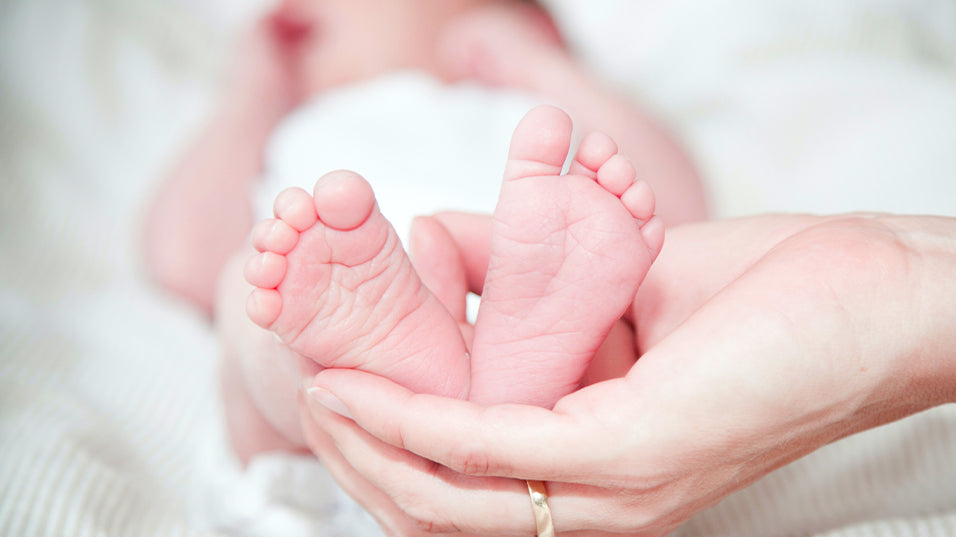
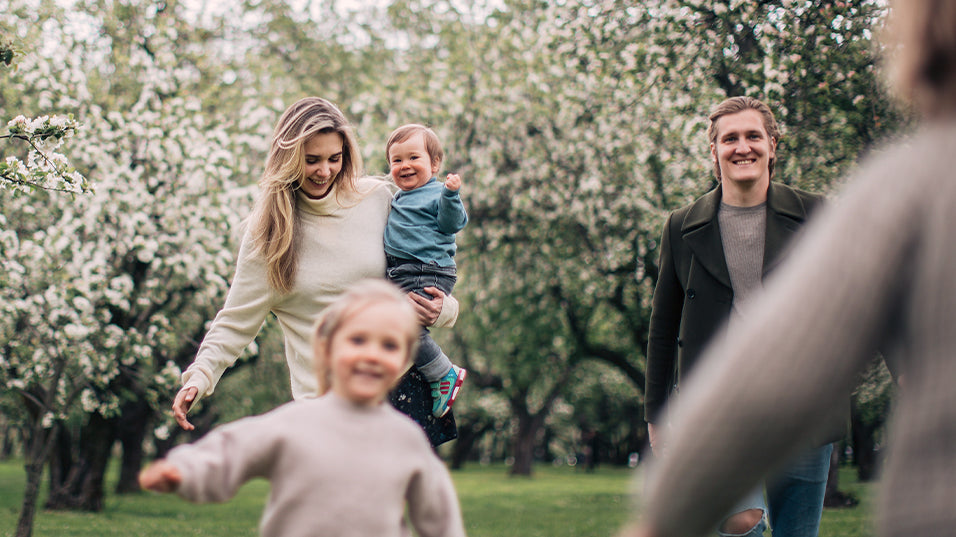
Leave a comment
This site is protected by hCaptcha and the hCaptcha Privacy Policy and Terms of Service apply.